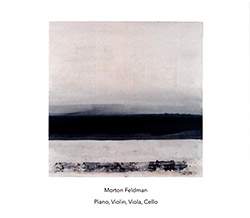
Morton Feldman's final composition, originally premiered in 1987, here performed by pianist Mark Knoop, violinist Aisha Orazbayeva, violist Bridget Carey, and cellist Anton Lukoszevieze, recording a year after their successful performance at London's Cafe Oto, maintaining focus and concentration on this large, unhurried work of micro-variations.
In Stock
Quantity in Basket: None
Log In to use our Wish List
Shipping Weight: 3.00 units
EU & UK Customers:
Discogs.com can handle your VAT payments
So please order through Discogs
Sample The Album:
Mark Knoop-piano
Aisha Orazbayeva-violin
Bridget Carey-viola
Anton Lukoszevieze-cello
Click an artist name above to see in-stock items for that artist.
Label: Another Timbre
Catalog ID: at113
Squidco Product Code: 24081
Format: CD
Condition: New
Released: 2017
Country: UK
Packaging: Cardboard Gatefold
Recorded at Henry Wood Hall, London, England, on January 10th, 2017, by Simon Reynell.
"All music is difficult, all music is easy. What defines a successful performance?" Pianist Mark Knoop points out a paradox that applies to most of Morton Feldman's works, with their endless expanses of calm, tormented beauty. How to clinch the lack of obvious direction without grinding to a halt? How to find the right space and zen in music that requires intense concentration? In the case of Feldman's last work, this quartet from 1987, how to make 75 minutes of sun-bleached dissonance unfold in one long breath without aurally asphyxiating your listeners? What is needed is virtuosic simplicity, the toughest trick in the book, and Knoop gets it with violinist Aisha Orazbayeva, violist Bridget Carey and cellist Anton Lukoszevieze. Their sound is wan and focused; their pacing tiptoes the line between tense and breezy. The music keeps moving like a little boat on a dead-flat lake: the ripples are minute, but they are still there."-Kate Molleson, The Guardian
Jack Sheen interviews Mark Knoop
How did you come to know this piece - Feldman's last complete work - and how did this project/recording come about?
I've been slowly working through the late Feldman works over the past 10 years or so, including several performances of For John Cage with Aisha Orazbayeva, and she suggested we do Piano, Violin, Viola, Cello at a Café Oto gig in September last year. The concert turned out to be on one of the hottest days of the year and was an exhaustingly wonderful experience of combined concentration from both audience and performers in a sweltering Café Oto. Shortly afterwards, Simon Reynell mentioned that he would like to record the piece, which we did on one of the coldest days in early January!
I think the OTO performance was actually on the hottest day of 2016. How was that experience in OTO musically, and how did returning to the piece feel? How do repeat performances change the work for you?
I always like returning to things after a first performance as there are some aspects of the music which can only reveal themselves in performance, no matter how much rehearsal is done. Particularly in music such as this where half-remembered repetition plays such an important role, the experience of an audience reacting to a recapitulatory moment, or to the shift to a different texture, is an important way of gauging the flow of the music. Do I need to mark this moment differently? Should I voice this chord in another way? Repeat performances feed into the creation of an ever-changing framework of memories which can then initiate new musical connections.
As a performer, one of the challenges of this piece must be its length and having to sustain such a concentrated, delicate sound for so long. How did you and the rest of the players cope with this in both preparation and performance?
Concentration is of course always a challenge in works of this length, I'm not sure I know how to prepare for that other than experiencing it. These works are great at highlighting any problems with physical technique: any tensions will be amplified and exacerbated without the opportunity for release provided by loud, fast music. This is undoubtedly much harder for the string players.
For a listener, the length and economy of this piece seems to remove what I would call the 'structural points' commonly found in a piece of more traditional music. There are no obvious introductions, transitions, climaxes etc. Is this something that you also experienced as a performer?
Whilst it's true that the piece doesn't exhibit an obvious formal structure, I think this is possibly less true of "Piano, Violin, Viola, Cello" than some of the other late Feldman pieces, including "Piano and String Quartet", which is perhaps a good comparison. Feldman claimed he didn't plan the forms of these works, but whether it was conscious or not, there is a sense to me of a honing of control of these structures throughout the 1980s. Material is introduced and developed, then set aside only to return, refreshed by its absence. Textural panels occasionally abut with clean edges, but more often blur or fade across each other such that we arrive in quite different musical situations almost without realising it. And in "Piano, Violin, Viola, Cello" Feldman's micro-variations occasionally result in an almost functional harmony.
Do you have any particular moments that for you act as pivotal or culminatory in any way?
There are several gestures that act a bit in this way, although those terms seem too strong. Rather than pivots initiating a change of direction, they are perhaps milestones indicating progress along a meandering but singular path. The introduction of the small motif which finally ends the piece does have a sense of foreboding for me.
If those phrases are too strong, perhaps 'moments which outline a formal structure'. What patterns or shapes on a larger level appear to you when performing this piece?
I think I sometimes experience the piece as panels of different colours; perhaps a too obvious analogy would be the Rothko colour field paintings. Sometimes the boundaries are blurred, sometimes more distinct, and the panels may be of very close shades. Unlike visual art of course, it's much more difficult to gauge an overall view of a piece of music, it can only be experienced as it happens.
Similarly, people often talk about 'getting lost' through the real and imagined repetition that lies at the heart of the piece and how its pacing can change our perception of time passing. Do you see this as something to fight against when performing this music, or is it perhaps something to embrace and allow to affect the music?
It's absolutely part of the music. Feldman's comment about the difference between form and scale defines that boundary at one hour, but I think that for an audience the knowledge that a piece will last 75 minutes affects listening from the start. After 10 minutes we could be anywhere. I've frequently been told by people that the end came as a surprise.
How does this affect you - and thus the music - whilst actually playing the piece?
Beyond preparation? In performance we just have a job to do. There are challenges of concentration and control, but even the most engaged audience member will experience time passing in a very different way to the performers.
People often speak about an intimacy between the audience, the performers, and the sound when performing Feldman, especially the longer late works. Perhaps this is something to do with the focus required to produce and register such fragile sounds for so long. Is this something you experienced in the live performances you've done, and if so, how is this mediated through the studio recording?
Yes, often. Of course recording is a very different situation. We have to recall that audience energy from live performance and refocus it in the studio.
How do you feel Feldman's late works resonate within experimental/contemporary music today, and more directly with other composers you have worked with?
It is undoubtedly music which continues to have a strong impact on composers, and I think it has many lessons for composers regardless of aesthetic. Feldman's handling of harmony/tonality and form/scale in particular are so individual and accomplished.
There is an unfortunate tendency for any soft, vaguely cellular music to be labelled as "Feldmanesque" which I feel often misrepresents both Feldman and the recipient - I've heard the term applied to many composers whose music is really dealing with remarkably different ideas.
Something I find fascinating about certain composers is how they reassess virtuosity. Clearly Piano, Violin, Viola, Cello is far from being a fast, 'showy' piece, but how if at all - is this idea of virtuosity explored or expressed in the piece, both by the composer and the performers?
I think virtuosity is a term which approaches meaninglessness: clearly it must be differentiated both from difficulty (as a quality of the piece), and success (in terms of execution). What is difficult? All music is difficult, all music is easy. What defines a successful performance? All performances are successful, all performances are failures. I don't know, I just play the music.
Do you feel like there is a performance practice growing around Feldman? If so, how do you feel about this?
Well I think we have now reached a point where a greater number of performers are playing Feldman and approaching the music from other angles and performance traditions. So if anything, I sense that the practice might be starting to develop and proliferate - and that's a good thing.
"Piano, Violin, Viola, Cello" (often abbreviated to "PVVC") was Morton Feldman's final composition, receiving its premiere on July 4th 1987, less than two months before the composer's death from pancreatic cancer on September 3rd. This recording of the piece dates from January 2017 at Henry Wood Hall, where it was recorded by Simon Reynell. The quartet of Mark Knoop on piano, Aisha Orazbayeva on violin, Bridget Carey on viola and Anton Lukoszevieze on cello had performed "PVVC" the previous September at Café Oto, on a night that stuck in the minds of musicians and audience, alike, for being one of the year's hottest.
Having come through that night successfully, the January recording afforded the quartet a valuable opportunity to apply what they had learnt from the Oto performance and the audience's reaction to it. As Knoop has commented, "I always like returning to things after a first performance as there are some aspects of the music which can only reveal themselves in performance, no matter how much rehearsal is done."
The recording runs for seventy-four minutes, making it a challenge to maintain concentration both for the performers and the listener. The composition is as uncomplicated as its title suggests. Lacking any formal structure or obvious peaks and troughs, it evolves at its own glacial pace, with the introduction of even the smallest motif acquiring significance. While it is in progress, its twin fascinations lie in the smooth, effortless ease with which Feldman achieved that evolution without disquieting the listener, and the skill with which the quartet perform the music without occasioning comment.
Throughout, piano and strings operate together as an integrated unit, seeming to think, move, inhale and exhale as one. Altogether, it makes a beguiling listening experience but, because of that, concentration can easily be lost. With time and effort, it is possible to maintain focus throughout, whereupon the true beauty of the piece reveals itself, more and more with each new listening. An important and valuable addition to both the Another Timbre catalogue and the Feldman discography. "-John Eyles, All About Jazz
Artist Biographies
• Show Bio for Mark Knoop "London based pianist and conductor Mark Knoop is known for his fearless performances and individual interpretations. He has commissioned and premièred countless new works and worked with many respected composers including Michael Finnissy, Joanna Bailie, Bryn Harrison, Bernhard Lang, Matthew Shlomowitz, Jennifer Walshe and Steven Kazuo Takasugi. His versatile technique and virtuosity also brings fresh approaches to the standard and 20th-century repertoire. Mark performs regularly throughout Europe, the United Kingdom and Australia and in New Zealand, South Korea, Mongolia, United States of America, Canada and at festivals including Transit (Leuven), Ultima (Oslo), Huddersfield, London Contemporary Music Festival, Borealis (Bergen), Spor (Århus), Athelas (Copenhagen), and MaerzMusik (Berlin). He performs with various ensembles including Plus-Minus (London/Brussels) and Apartment House (London), and has conducted EXAUDI (London), Scenatet (Denmark), and London Sinfonietta. His recordings of music by John Cage, Richard Beaudoin, Karlheinz Stockhausen, Peter Ablinger, and David Lumsdaine have been critically acclaimed." ^ Hide Bio for Mark Knoop • Show Bio for Aisha Orazbayeva "Aisha Orazbayeva (born 1985) is a violinist from Kazakhstan. She also writes and has had plays broadcast on the radio. She gained notice for her performance of Salvatore Sciarrino caprices." ^ Hide Bio for Aisha Orazbayeva • Show Bio for Bridget Carey "Bridget Carey studied jointly at the Royal Academy of Music and London University and has pursued a varied freelance career based in London, and has developed a particular reputation in the field of new music. For 15 years she premiered new chamber opera for the Almeida, whilst working in dance scores with Siobhan Davies and Rambert companies, classical contemporary with Opus 20 and Music Projects/London and new complexity with Ensemble Expose. From 1995-2005 she was viola player with the Kreutzer string quartet. More recently, her chamber music interests include Okeanos and the RPS award-winning experimental music group Apartment House, with whom she continues to add to her chamber music discography. She has been a member of Britten Sinfonia for the last 20 years, and is a regular guest with London Sinfonietta and BCMG, among others." ^ Hide Bio for Bridget Carey • Show Bio for Anton Lukoszevieze "Cellist Anton Lukoszevieze (born 1965 in the UK) is one of the most diverse performers of his generation and is notable for his performances of avant-garde, experimental and improvised music. Anton has given many performances at numerous international festivals throughout Europe and the USA (Maerzmusik, Donaueschingen, Wien Modern, GAS, Transart, Ultima, etc.etc.). He has also made frequent programmes and broadcasts for BBC Radio 3, Danish Radio, SR2, Sweden, Deutschland Rundfunk, WDR, Germany and ORT, Austria. Deutschlandfunk, Berlin produced a radio portrait of him in September, 2003. Anton has also performed concerti with the City of Birmingham Symphony Orchestra at the 2001 Aldeburgh festival and the Netherlands Radio Symphony Orchestra. He has collaborated with many composers and performers including David Behrman, Alvin Lucier, Amnon Wolman, Pierre Strauch, Rytis Mazulis, Karlheinz Essl, Helmut Oehring, Christopher Fox, Philip Corner, Alvin Curran, Phill Niblock and Laurence Crane, He is unique in the UK through his use of the curved bow (BACH-Bogen), which he is using to develop new repertoire for the cello. From 2005-7 he was New Music Fellow at Kings College, Cambridge and Kettles Yard Gallery. Anton is the subject of four films (FoxFire Eins) by the renowned artist-filmmaker Jayne Parker. A new film Trilogy with compositions by Sylvano Bussotti, George Aperghis and Laurence Crane premieres at The London Film Festival, October 2008. In November will premiere a new hour long work by Christopher Fox for cello and the vocal ensemble Exaudi commissioned by the Huddersfield Contemporary Music Festival and will also present new solo works for cello and live electronics. Anton is also active as an artist, his work has been shown in Holland (Lux Nijmegen), CAC, Vilnius, Duisburg (EarPort), Austria, (Sammlung Essl), Wien Modern, The Slade School of Art, Kettles Yard Gallery, Cambridge Film Festival and Rational Rec. London. His work has been published in Musiktexte, Cologne, design Magazine and the book SoundVisions (Pfau-Verlag, Saarbrucken, 2005). Anton Lukoszevieze is founder and director of the ensemble Apartment House, a member of the radical noise group Zeitkratzer and recently made his contemporary dance debut with the Vincent Dance Company in Broken Chords, Dusseldorf." ^ Hide Bio for Anton Lukoszevieze
7/1/2025
Have a better biography or biography source? Please Contact Us so that we can update this biography.
7/1/2025
Have a better biography or biography source? Please Contact Us so that we can update this biography.
7/1/2025
Have a better biography or biography source? Please Contact Us so that we can update this biography.
7/1/2025
Have a better biography or biography source? Please Contact Us so that we can update this biography.
Track Listing:
1. Piano, Violin, Viola, Cello (1987) 1:13:50
Compositional Forms
Avant-Garde
Quartet Recordings
Piano & Keyboards
Stringed Instruments
London & UK Improv & Related Scenes
New in Compositional Music
Staff Picks & Recommended Items
Search for other titles on the label:
Another Timbre.


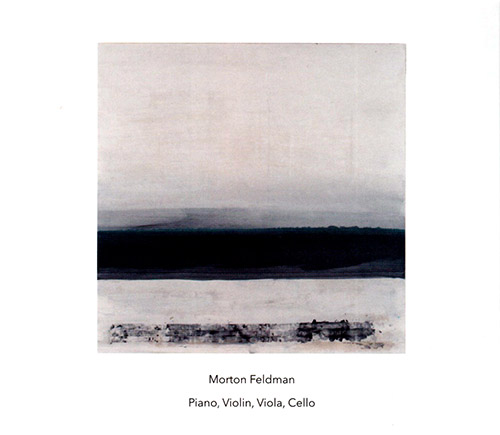

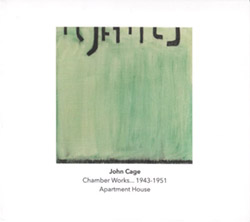
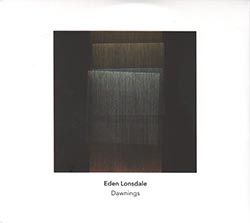
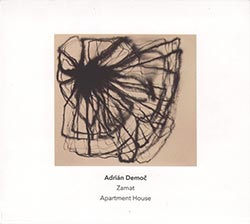
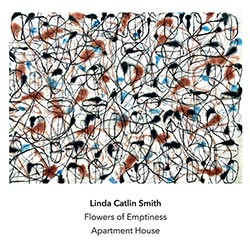
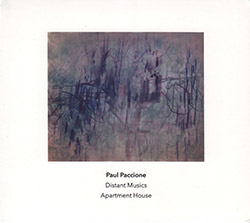
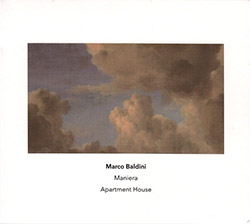
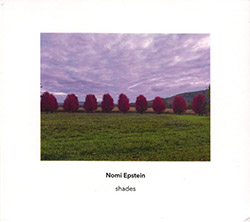
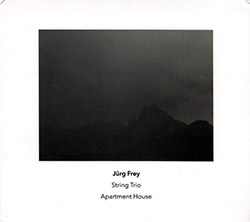
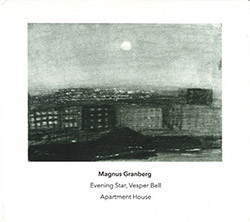
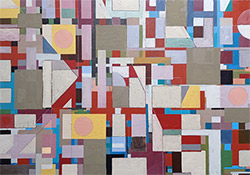
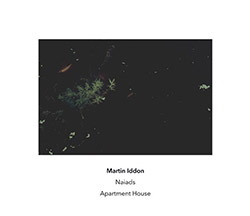
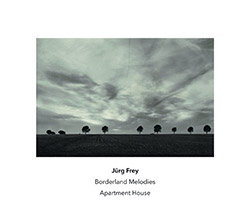
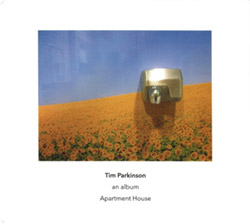
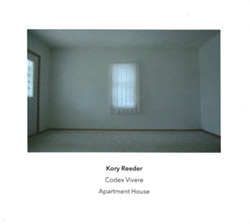
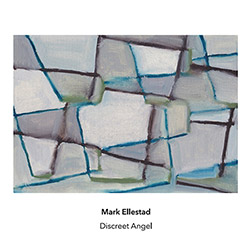
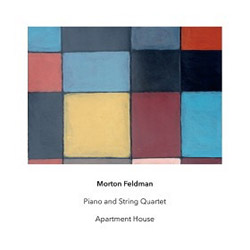
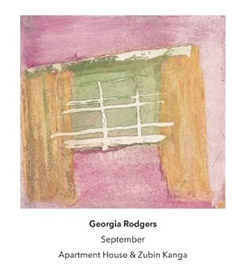
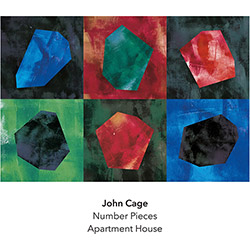
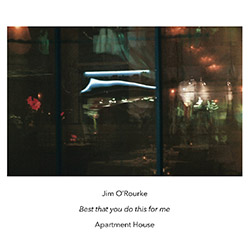
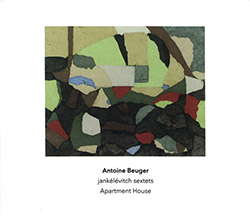
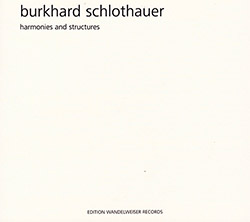
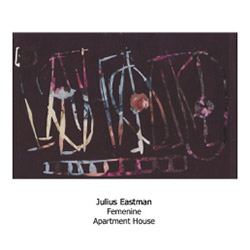
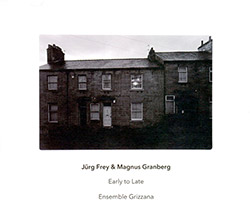

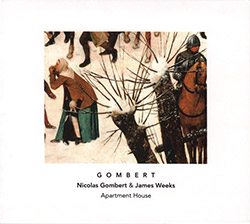

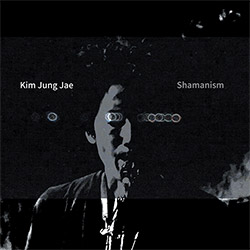
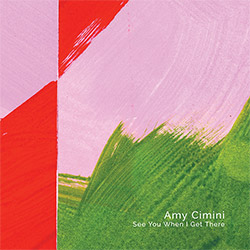
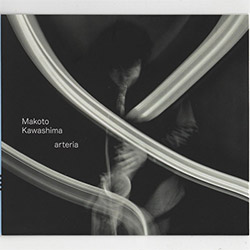
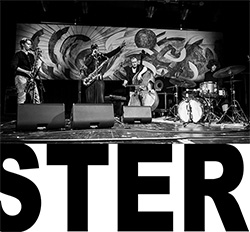
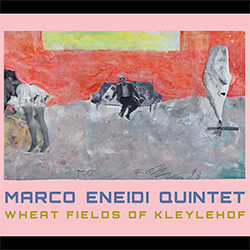
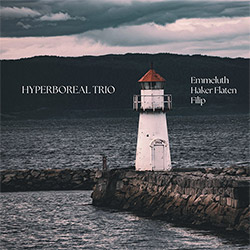
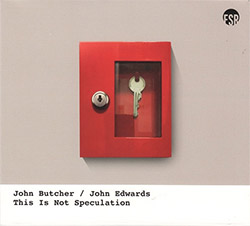
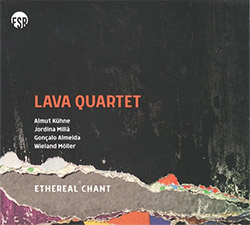
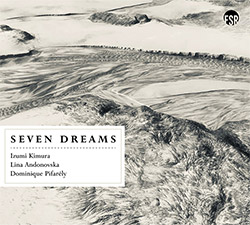
![Deupree, Jerome / Sylvie Courvoisier / Lester St. Louis / Joe Morris: Canyon [2 CDs]](https://www.teuthida.com/productImages/misc4/36404.jpg)

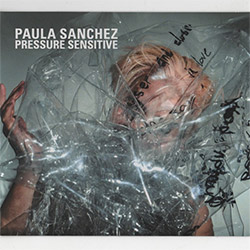
![Eternities: Rides Again [CASSETTE]](https://www.teuthida.com/productImages/misc4/36247.jpg)

![Lopez, Francisco: Untitled (2021-2022) [2 CDs]](https://www.teuthida.com/productImages/misc4/36438.jpg)
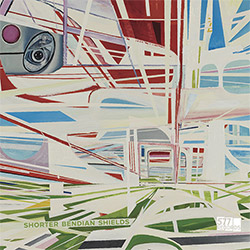


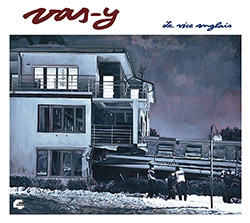
![Eventless Plot | Haarvol: The Subliminal Paths [CASSETTE + DOWNLOAD]](https://www.teuthida.com/productImages/misc4/36232.jpg)
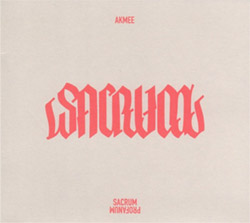




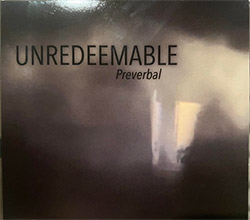
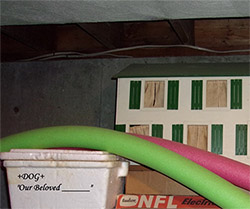
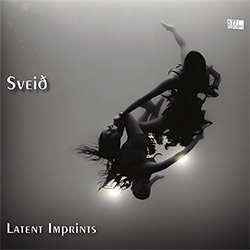
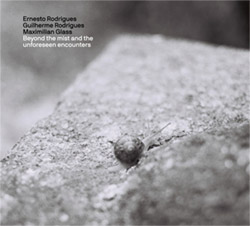
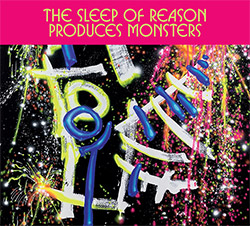
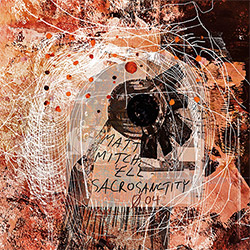
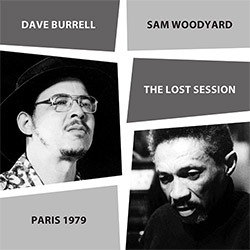
![Eventless Plot | Francesco Covarino: Methexis [CASSETTE + DOWNLOAD]](https://www.teuthida.com/productImages/misc4/36231.jpg)
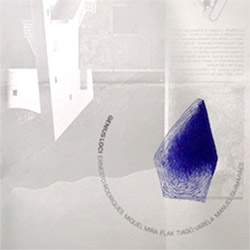
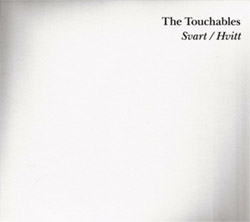
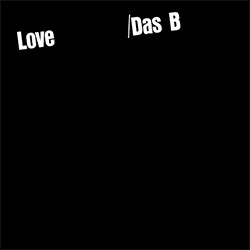
![Das B (Mazen Kerbaj / Mike Majkowski / Magda Mayas / Tony Buck): Love [VINYL]](https://www.teuthida.com/productImages/misc4/36329.jpg)
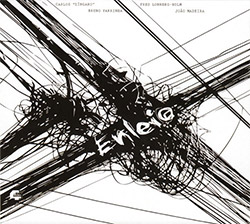
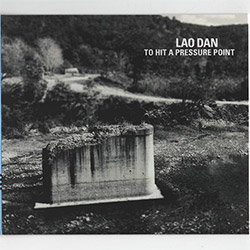
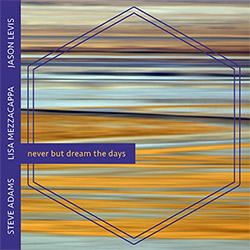
![Hemphill Stringtet, The: Plays the Music of Julius Hemphill [VINYL]](https://www.teuthida.com/productImages/misc4/36409.jpg)
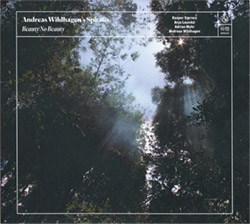
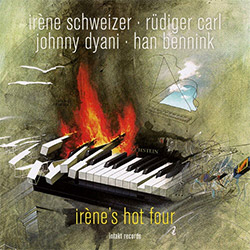
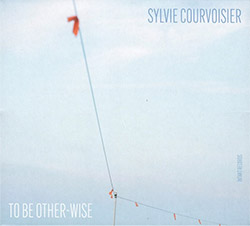
![Halvorson, Mary Septet: Illusionary Sea [2 LPS]](https://www.teuthida.com/productImages/misc4/17952.jpg)
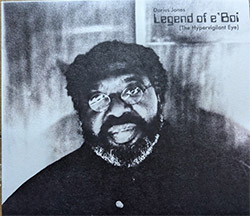
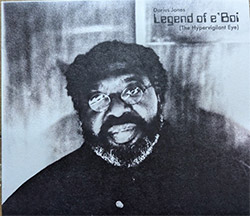
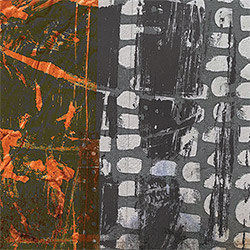
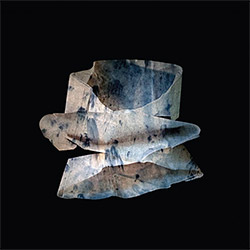
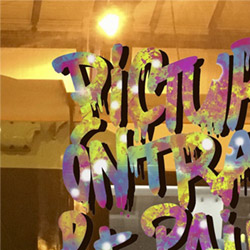
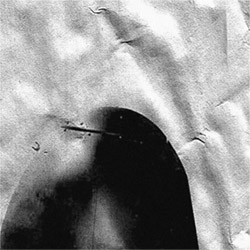
![Money : Money 2 [2 CDs]](https://www.teuthida.com/productImages/misc4/35894.jpg)
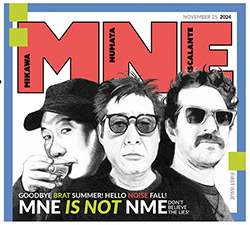

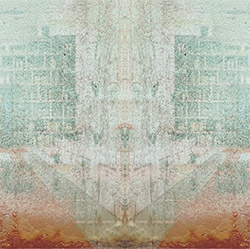
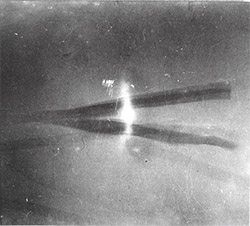
![Klinga, Erik: Elusive Shimmer [VINYL]](https://www.teuthida.com/productImages/misc4/36258.jpg)
![CHANGES TO blind (Phil Zampino): Volume 9 - I Wave on a Fine Vile Mist [CD + DOWNLOAD]](https://www.teuthida.com/productImages/misc4/36061.jpg)

![Wallmart / Rubbish: Asset Protection [split CD]](https://www.teuthida.com/productImages/misc4/35900.jpg)
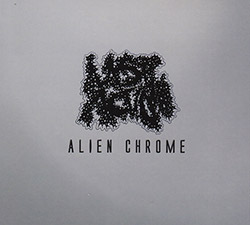
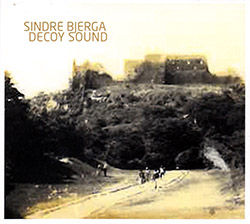
![+Dog+: The Family Music Book Vol. 5 [2 CDs]](https://www.teuthida.com/productImages/misc4/35897.jpg)
![Kuvveti, Deli : Kuslar Soyledi [CASSETTE w/ DOWNLOAD]](https://www.teuthida.com/productImages/misc4/36107.jpg)

![Nakayama, Tetsuya: Edo Wan [CASSETTE w/ DOWNLOAD]](https://www.teuthida.com/productImages/misc4/36105.jpg)
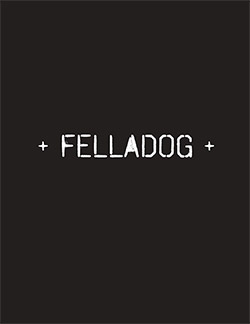

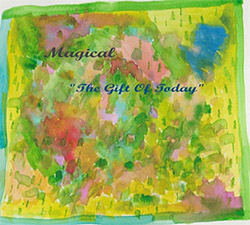
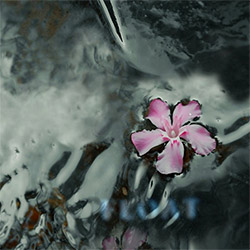
![Yiyuan, Liang / Li Daiguo: Sonic Talismans [VINYL]](https://www.teuthida.com/productImages/misc4/35957.jpg)
![Brown, Dan / Dan Reynolds: Live At The Grange Hall [unauthorized][CASSETTE]](https://www.teuthida.com/productImages/misc4/36245.jpg)


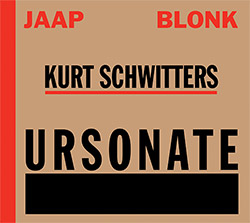
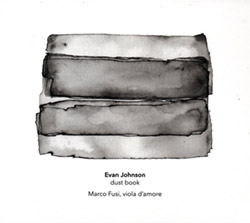
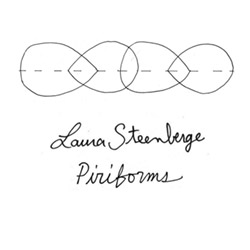
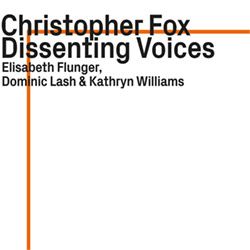
![Palestine, Charlemagne / Seppe Gebruers: Beyondddddd The Notessssss [VINYL]](https://www.teuthida.com/productImages/misc4/36206.jpg)
![Palestine, Charlemagne / Seppe Gebruers: Beyondddddd The Notessssss [NEON GREEN VINYL]](https://www.teuthida.com/productImages/misc4/36207.jpg)
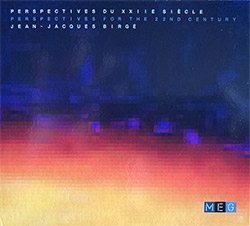
![Laubrock, Ingrid: Purposing The Air [2 CDs]](https://www.teuthida.com/productImages/misc4/35639.jpg)
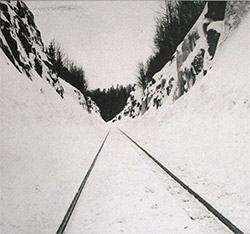
![Yoko, Ono / The Great Learning Orchestra: Selected Recordings From Grapefruit [2 CDs]](https://www.teuthida.com/productImages/misc4/35841.jpg)

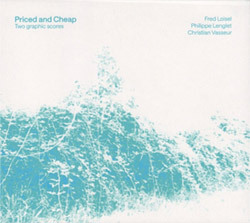
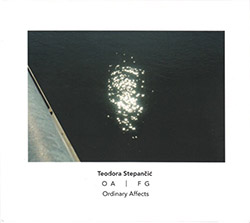

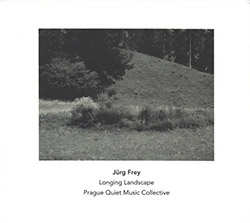
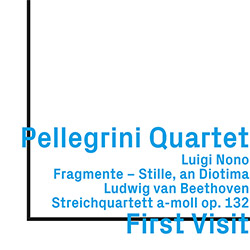
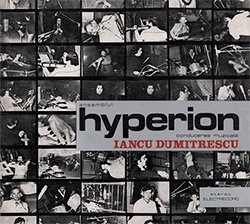
![Zorn, John / JACK Quartet: The Complete String Quartets [2 CDs]](https://www.teuthida.com/productImages/misc4/35609.jpg)
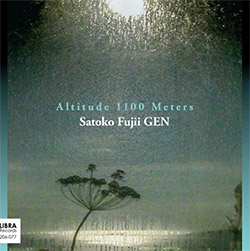

![Sorry For Laughing (G. Whitlow / M. Bates / Dave-Id / E. Ka-Spel): Rain Flowers [2 CDS]](https://www.teuthida.com/productImages/misc4/35985.jpg)

![Rolando, Tommaso / Andy Moor : Biscotti [CASSETTE w/ DOWNLOADS]](https://www.teuthida.com/productImages/misc4/36106.jpg)


![Electric Bird Noise / Derek Roddy: 8-10-22 [CD EP]](https://www.teuthida.com/productImages/misc4/35970.jpg)








![Elephant9 : Mythical River [VINYL]](https://www.teuthida.com/productImages/misc4/34624.jpg)



![Elephant9 with Terje Rypdal: Catching Fire [VINYL 2 LPs]](https://www.teuthida.com/productImages/misc4/35355.jpg)
![Deerlady (Obomsawin, Mali / Magdalena Abrego): Greatest Hits [VINYL]](https://www.teuthida.com/productImages/misc4/34876.jpg)
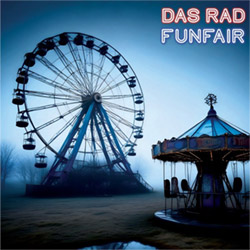
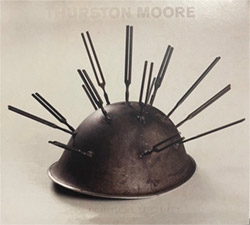
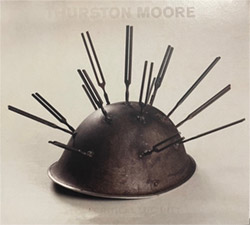
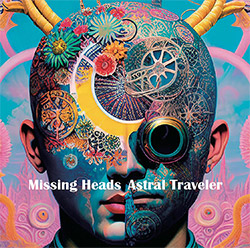
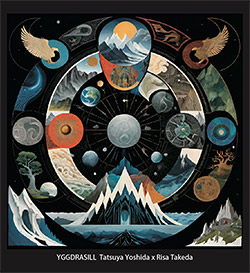
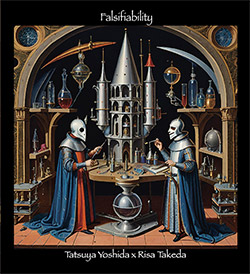
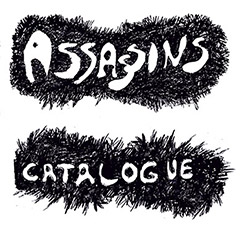
![Surplus 1980: Illusion of Consistency [CD]](https://www.teuthida.com/productImages/misc4/35069.jpg)
![Staiano, Moe: Away Towards the Light [VINYL + DOWNLOAD]](https://www.teuthida.com/productImages/misc4/35037.jpg)
![Coley, Byron: Dating Tips for Touring Bands [VINYL]](https://www.teuthida.com/productImages/misc4/17906.jpg)

![Lost Kisses: My Life is Sad & Funny [DVD]](https://www.teuthida.com/productImages/misc4/lostKissesDVD.jpg)